A history of discovery.
Jekyll Island has been a vacation destination for more than 3,500 years. The island’s earliest inhabitants were Native Americans who traveled to Jekyll Island to hunt, fish, and gather shellfish. When French explorers first arrived in the area in 1562, tens of thousands of Native Americans are thought to have inhabited present-day Coastal Georgia.
The first permanent settlers on the island, however, were British colonists, establishing fortifications along the coast and claiming the territory for England. General James Edward Oglethorpe founded the colony of Georgia in 1733. He gave Jekyll Island its present name in honor of Sir Joseph Jekyll, a financial backer of the young colony. Oglethorpe then assigned Major William Horton to build an outpost on Jekyll Island to protect Fort Frederica on nearby St. Simons Island.
With the help of his indentured servants, Major Horton built the island into a relatively prosperous plantation. After his death in 1749, the island went through a series of owners before finally being purchased by Christophe Poulain DuBignon in 1792.
The DuBignons enjoyed a successful business raising Sea Island Cotton on their plantation for nearly a century. Following the Civil War, Christophe’s great-grandson, John Eugene DuBignon, marketed Jekyll Island as the perfect site for a hunting club.
In 1886, the island was purchased by the Jekyll Island Club, a turn-of-the century vacation resort patronized by the nation’s leading families. Club Members included such prominent figures as J.P. Morgan, Joseph Pulitzer, William K. Vanderbilt, Marshall Field, and William Rockefeller. In 1904, Munsey’s Magazine called the Jekyll Island Club “the richest, the most exclusive, the most inaccessible club in the world.”
The Club Era eventually came to an end as a result of World War II. In 1947, the island was sold to the State of Georgia for use as a State Park, offering opportunities for recreation and pleasure along the Georgia Coast to everyone. Today, the Jekyll Island Authority manages the island for the State of Georgia and the enjoyment of its citizens.
Jekyll Island Timeline
Colonial Era


Plantation Era
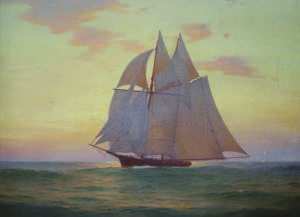

Club Era
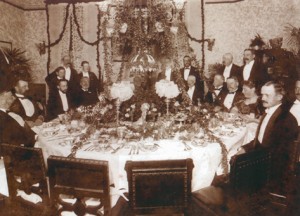

STATE Era
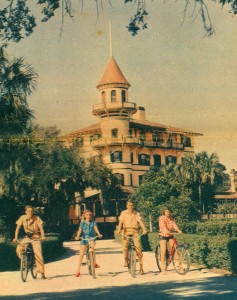

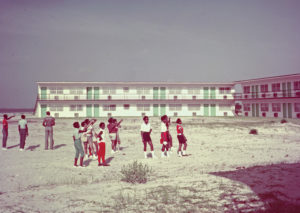

Revitalization & Today
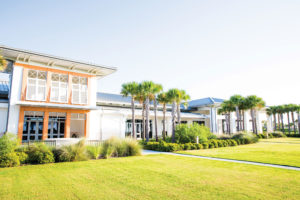

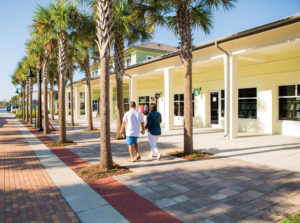

Step inside Jekyll's history.
Mosaic, Jekyll Island Museum, brings to life the rich history of this barrier island through compelling audio-visual experiences and interactive exhibits.